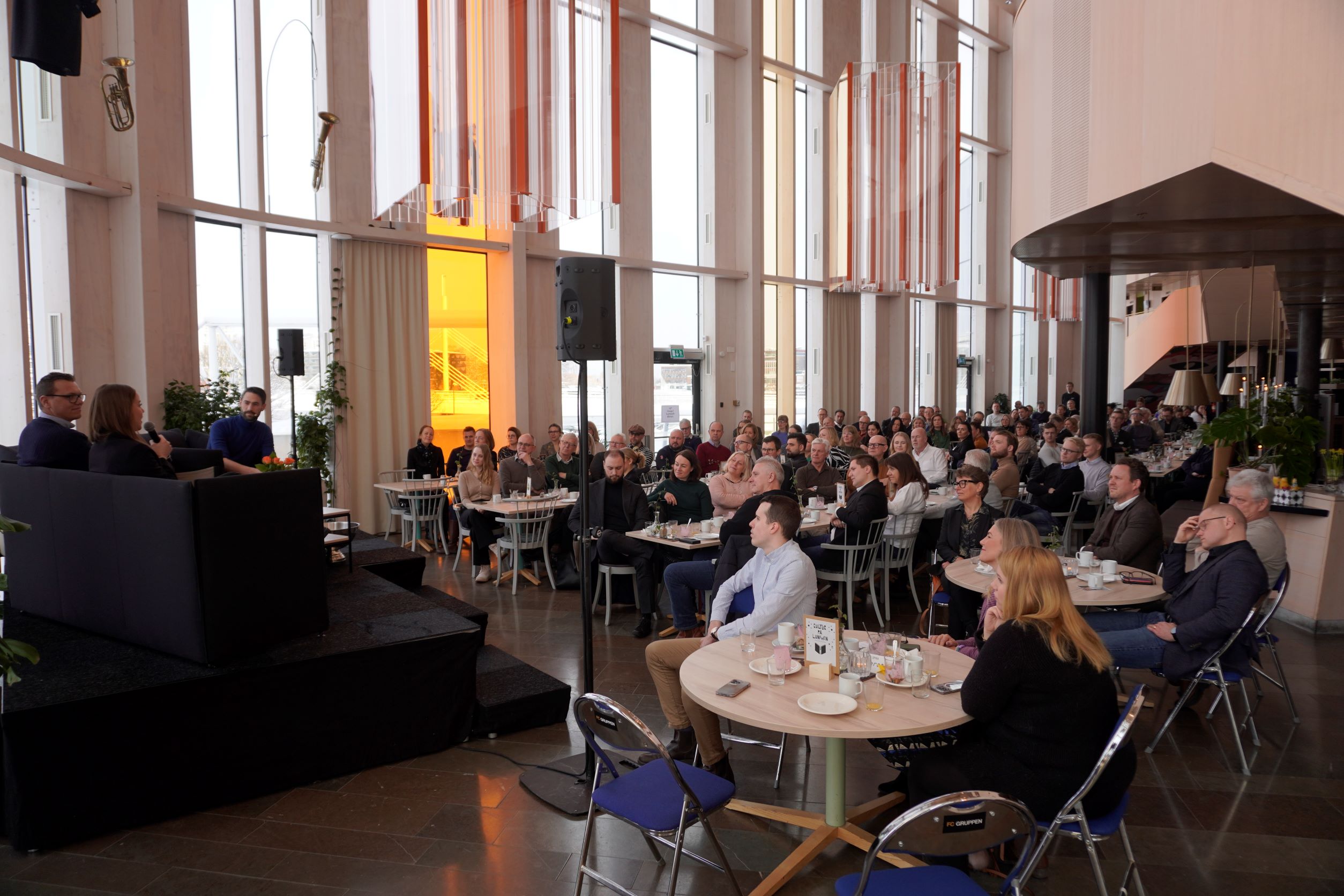Identifying improvement opportunities and risks with automation
A case study exploring waste in semi-automated processes and challenges in adopting fully automated solutions
This case study aims to identify improvement opportunities in a semi-automated process to optimize requirements for a fully automated production system, addressing where waste can occur and the challenges of implementing full automation.
In today's competitive market, productivity and flexibility are what differentiate companies from each other. Fully automated production is becoming increasingly attractive due to advancements in technology and affordable solutions. However, there needs to be an understanding on the operational and managerial level of why companies should invest further in automation since investing in automation does not always guarantee success. Success in automation requires a holistic approach, including thorough process mapping to identify inefficiencies and interruptions using lean tools. By addressing these issues, companies can create optimal conditions for transitioning to fully automated processes. They must also be prepared for the potential challenges and risks of this transition, which requires planning and investigation.

%20IL_LA-RM.jpg)
.JPG)


